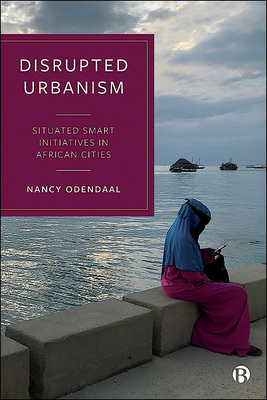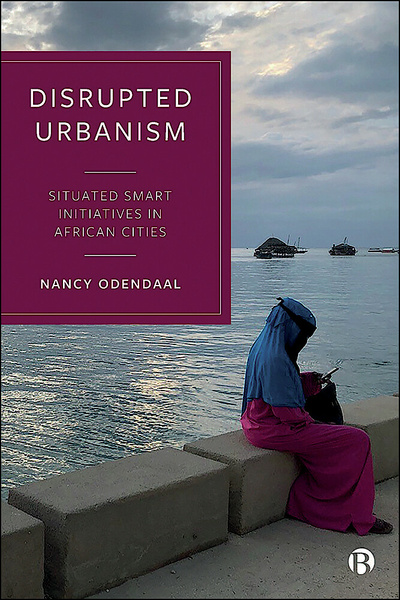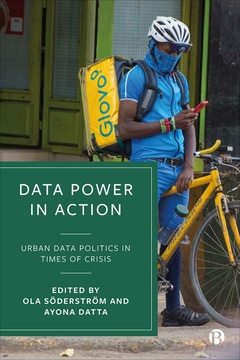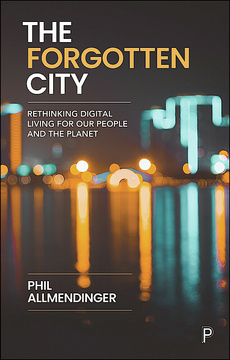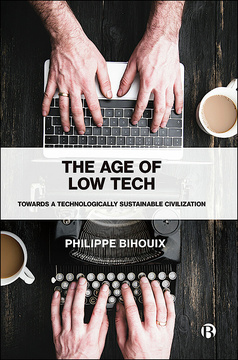Published
Feb 14, 2023Page count
176 pagesISBN
978-1529218572Imprint
Bristol University PressPublished
Feb 14, 2023Page count
176 pagesISBN
978-1529218565Dimensions
234 x 156 mmImprint
Bristol University PressPublished
Dec 1, 2022Page count
176 pagesISBN
978-1529218589Imprint
Bristol University PressPublished
Dec 1, 2022Page count
176 pagesISBN
978-1529218589Imprint
Bristol University PressThe ‘smart city’ is often promoted as a technology-driven solution to complex urban issues. While commentators are increasingly critical of techno-optimistic narratives, the political imagination is dominated by claims that technical solutions can be uniformly applied to intractable problems.
This book provides a much-needed alternative view, exploring how ‘home-grown’ digital disruption, driven and initiated by local actors, upends the mainstream corporate narrative.
Drawing on original research conducted in a range of urban African settings, Odendaal shows how these initiatives can lead to meaningful change.
This is a valuable resource for scholars working in the intersection of science and technology studies, urban and economic geography and sociology.
"A path-breaking exploration of the realities of digital innovation across urban Africa, this book goes way beyond the glossy clichés of the corporate smart city to explore how digital media offer huge and very real potential for progressive social change at the grassroots level." Stephen Graham, Newcastle University
“Nancy Odendaal’s long-awaited book will flip most readers’ perspectives on what a ‘smart city’ can be, when people and communities become a creative, proactive part of the disruption. A key text to understand what happens when technology meets real places.” Alessandro Aurigi, University of Plymouth
Nancy Odendaal is Professor in the School of Architecture, Planning and Geomatics at the University of Cape Town.
Introduction: Fantasies, Hope and Compelling Narratives
The Expansive Nature of Platforms
Hacking Mobility
Digital Food Dialogues
Cyborg Activism
Platform Practices and the Public Imagination
Conclusion: On Understanding Situated Platform Urbanism








